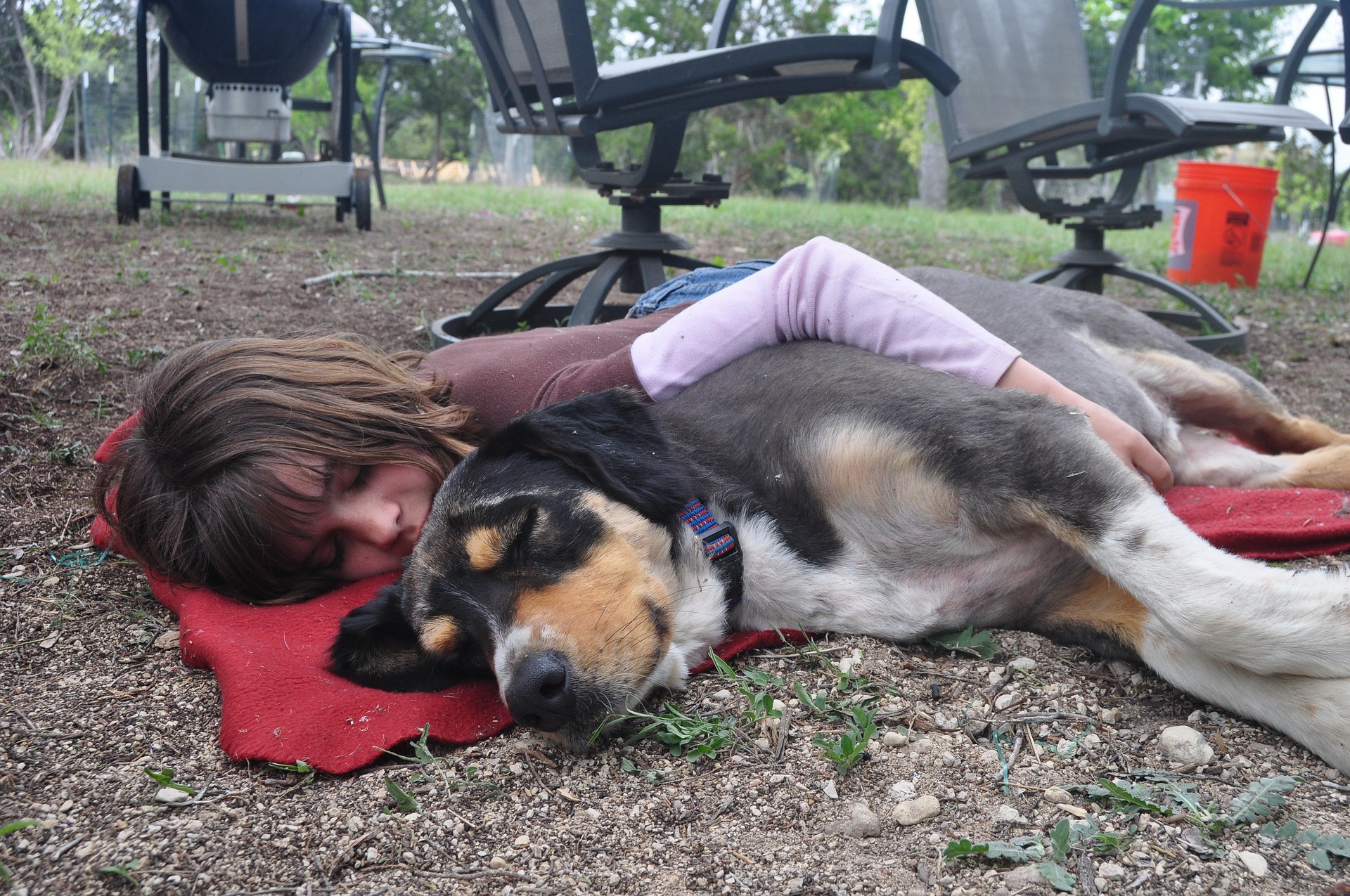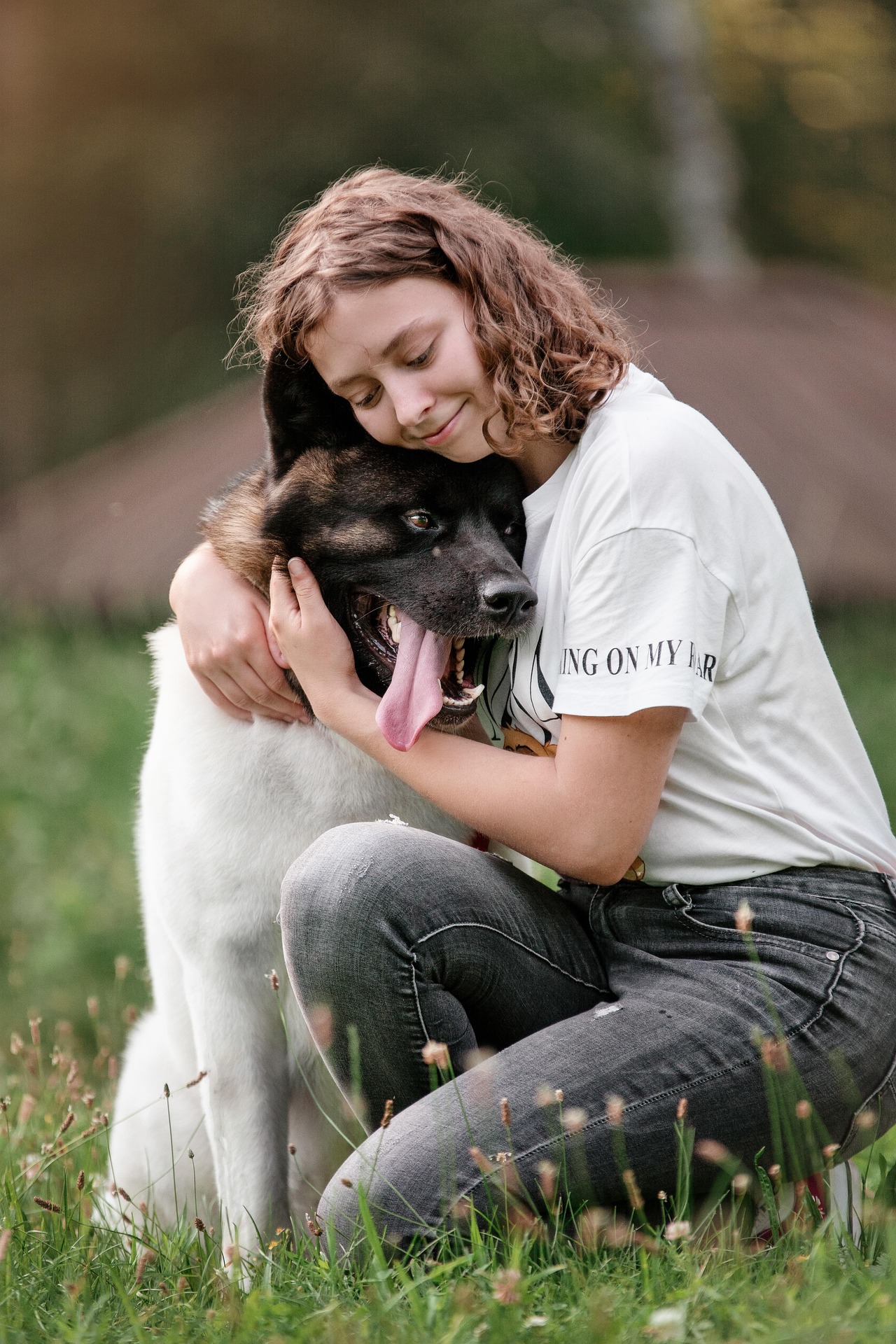As our beloved furry companions age, we face one of the most difficult decisions any pet owner can make: determining when their quality of life has declined to the point where saying goodbye becomes an act of love. While this conversation is never easy, understanding the signs and having honest discussions with your veterinarian can help you make the most compassionate choice for your senior pet.
Recognizing the Signs of Declining Quality of Life
Quality of life isn’t just about the absence of pain – it’s about your pet’s ability to enjoy the things that have always brought them happiness. Watch for changes in their daily routines and behaviors. A dog who once greeted you enthusiastically at the door but now barely lifts their head, or a cat who used to purr contentedly in your lap but now hides away, may be telling you something important about how they’re feeling.
Physical signs often provide the clearest indicators. Difficulty getting up or lying down, reluctance to climb stairs or jump onto furniture, and changes in bathroom habits can all signal declining comfort. Loss of appetite, excessive panting, or labored breathing are also red flags that warrant immediate veterinary attention.
The Good Days vs. Bad Days Assessment
One helpful approach is to honestly evaluate your pet’s good days versus bad days over a two-week period. On a good day, your pet shows interest in food, interacts with family members, and displays some of their old personality. Bad days might involve hiding, refusing food, obvious discomfort, or inability to perform basic functions.
If bad days consistently outnumber good days, or if your pet seems to exist rather than truly live, it may be time to have a serious conversation with your veterinarian about end-of-life options. Remember, this assessment should be ongoing – what constitutes a manageable condition one month might become unbearable the next.
Working with Your Veterinarian
Your veterinarian is your most valuable partner in this decision-making process. They can help distinguish between treatable conditions and terminal decline, often suggesting pain management strategies or treatments that might improve your pet’s comfort level. Don’t hesitate to ask direct questions about prognosis, pain levels, and realistic expectations for improvement.
Many veterinarians use quality of life scales that objectively measure factors like mobility, appetite, hygiene, happiness, and more good days than bad. These tools can help remove some of the emotion from what is inherently an emotional decision, providing a clearer picture of your pet’s current state.
Considering Your Pet’s Personality and Preferences
Every pet is unique, and their individual personality should factor into your decision. Some animals are fighters who maintain their zest for life despite physical limitations, while others may become withdrawn and depressed with even minor changes to their routine. Consider what has always been important to your pet – social interaction, outdoor walks, favorite treats, or simply being close to you.
A pet who can no longer engage in activities that once defined their happiness may be ready to let go, even if their physical condition might seem manageable to others.
End-of-Life Options and Planning Ahead
When the time comes, you have several options for your pet’s final goodbye. Many veterinarians offer in-clinic euthanasia services, but you can also choose at-home euthanasia as a comforting way to say goodbye to your pet in familiar surroundings. This option allows your pet to remain in their favorite spot, surrounded by family, without the stress of a final car ride to the clinic.
The Gift of a Peaceful Goodbye
Making the decision to euthanize a beloved pet is one of the most loving acts you can perform as their guardian. While the grief is real and lasting, choosing to prevent suffering when quality of life has diminished is a final gift of compassion. Trust your instincts, lean on your veterinary team’s expertise, and remember that saying goodbye too soon is often more merciful than waiting too long.
Your pet has given you years of unconditional love and companionship. When the time comes, you can return that love by ensuring their final chapter is written with dignity and peace.









